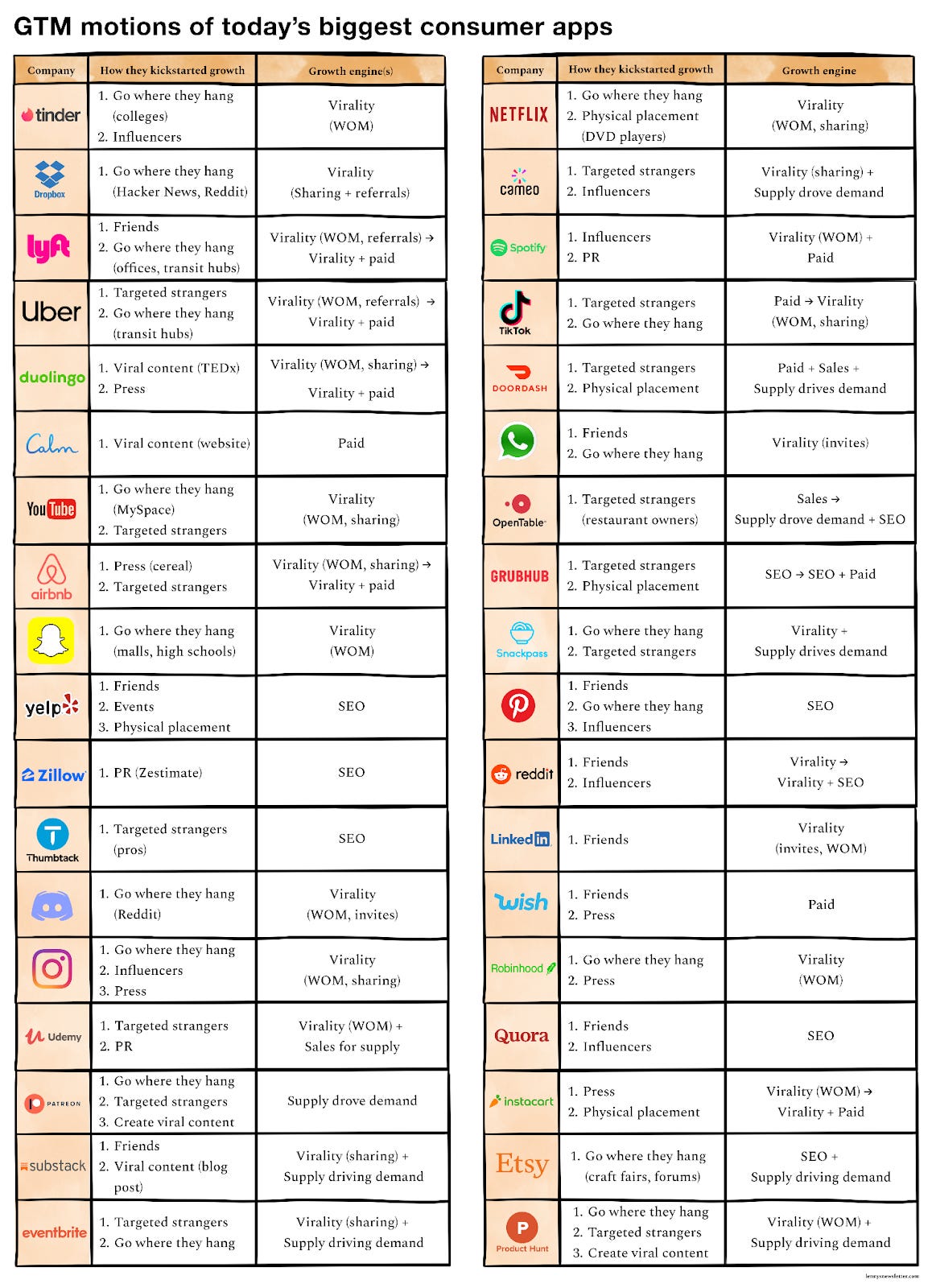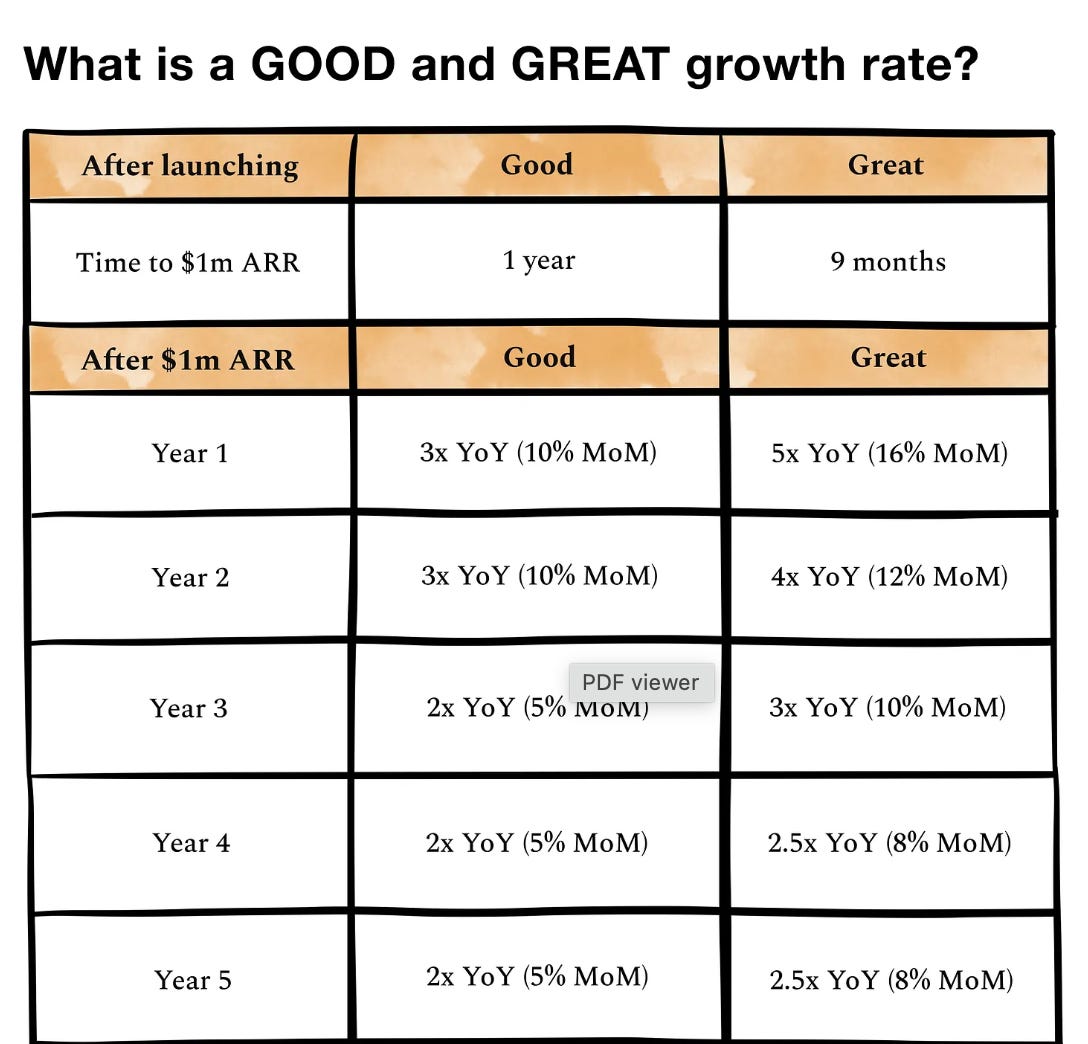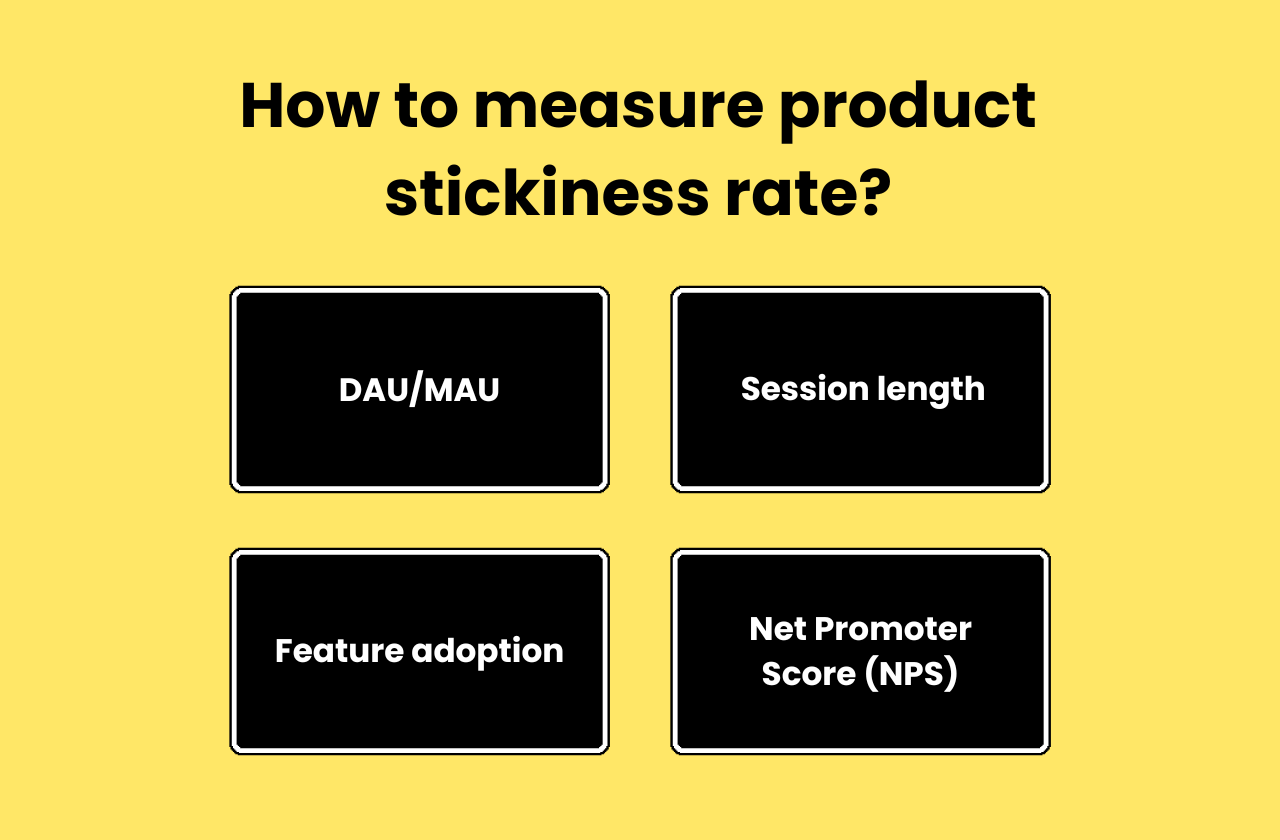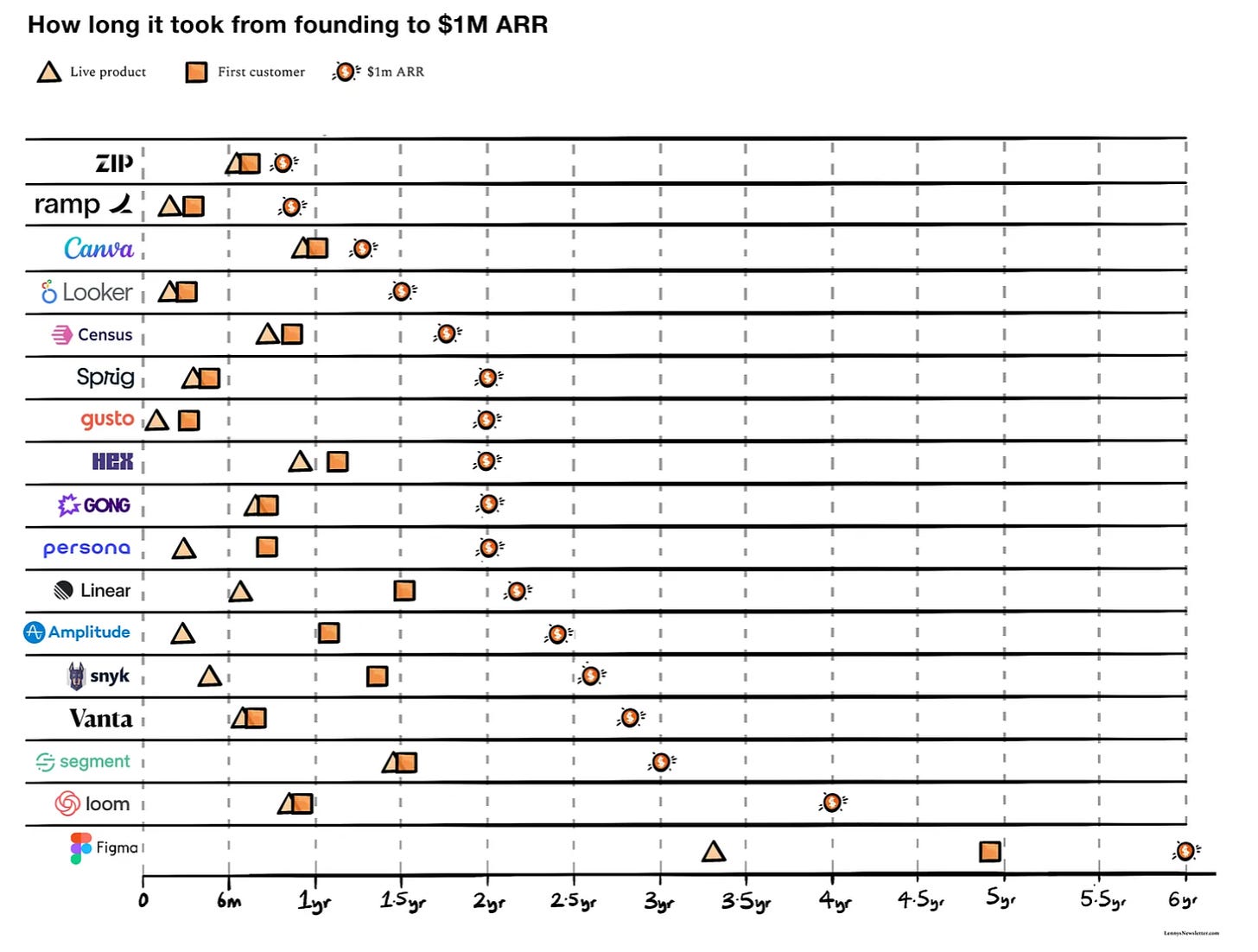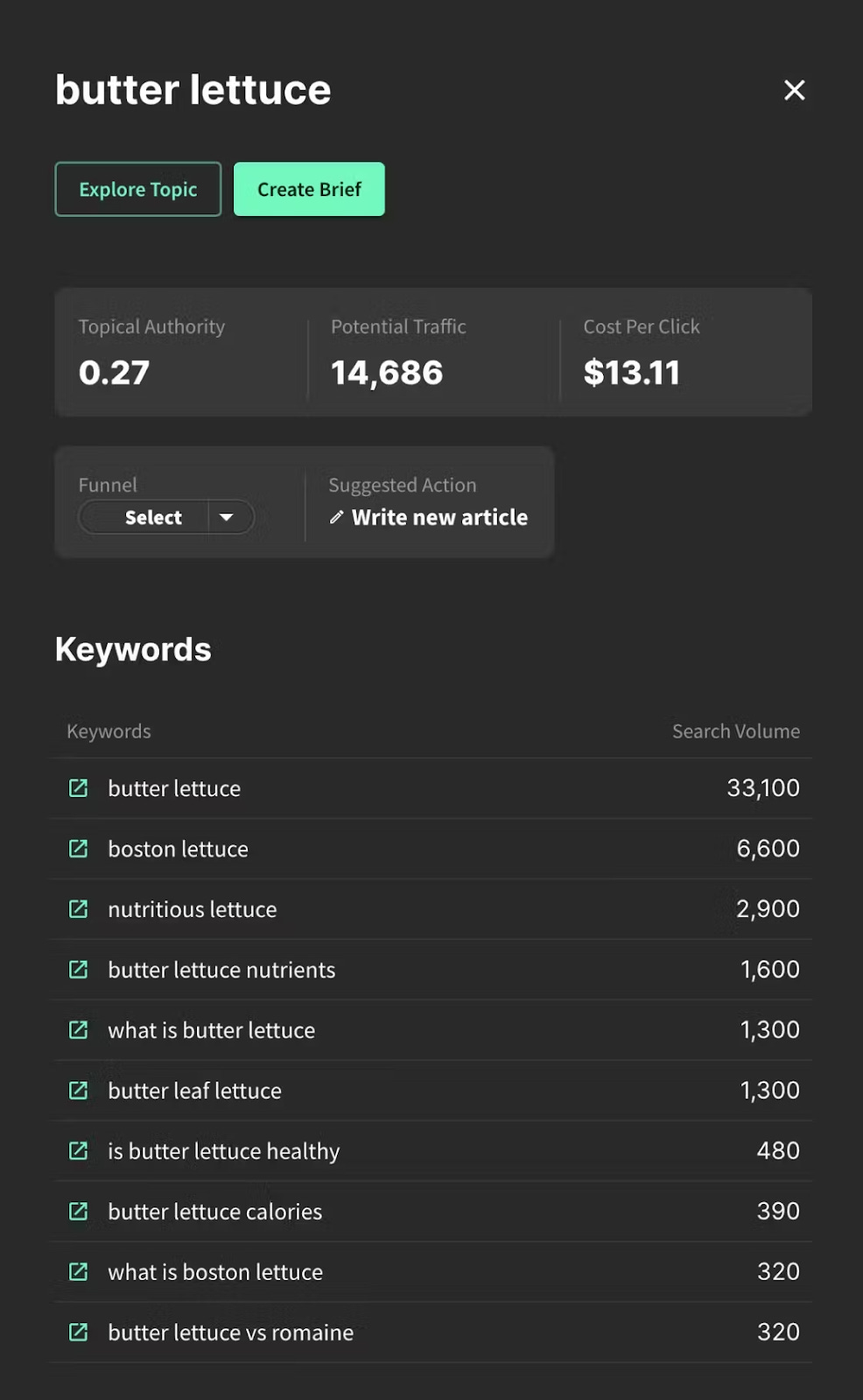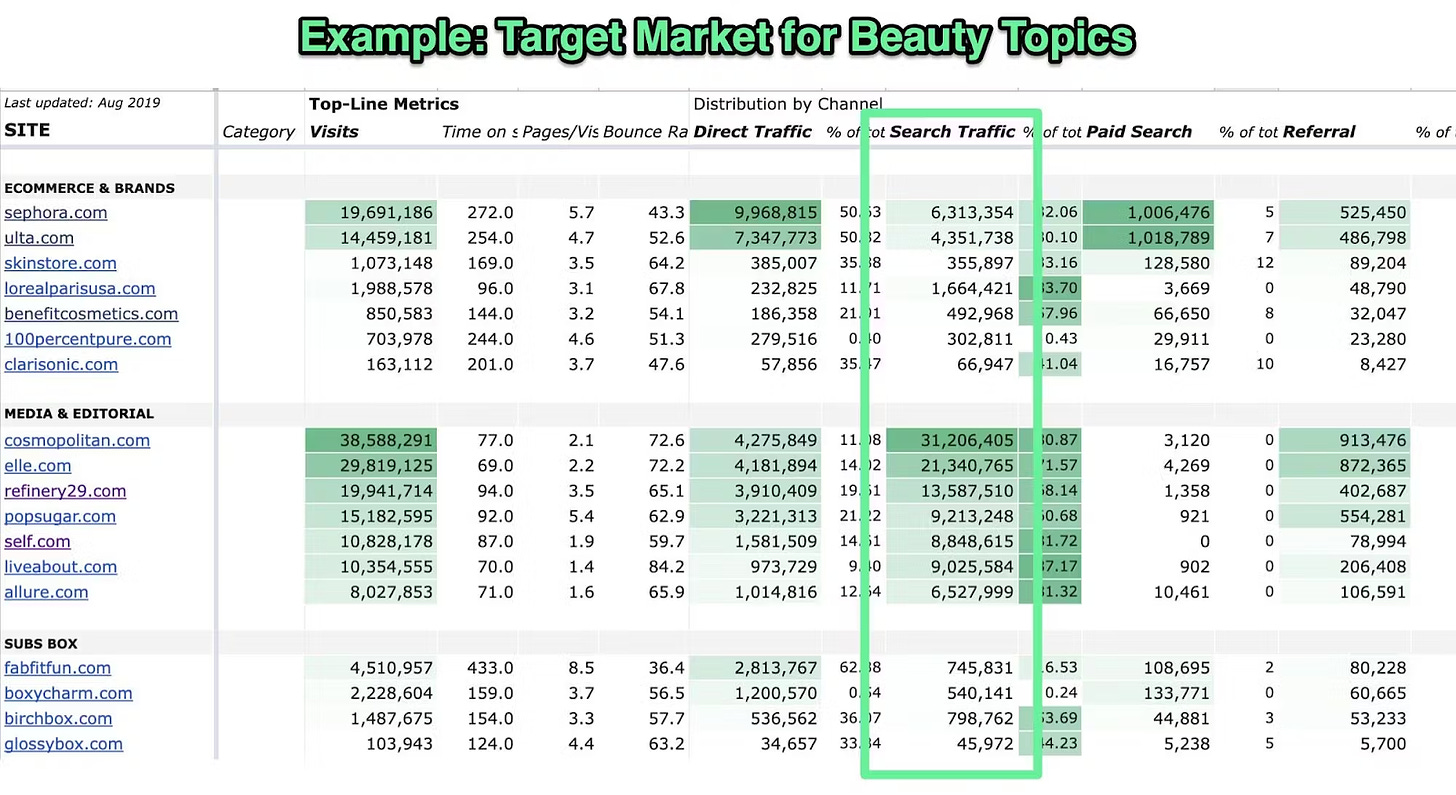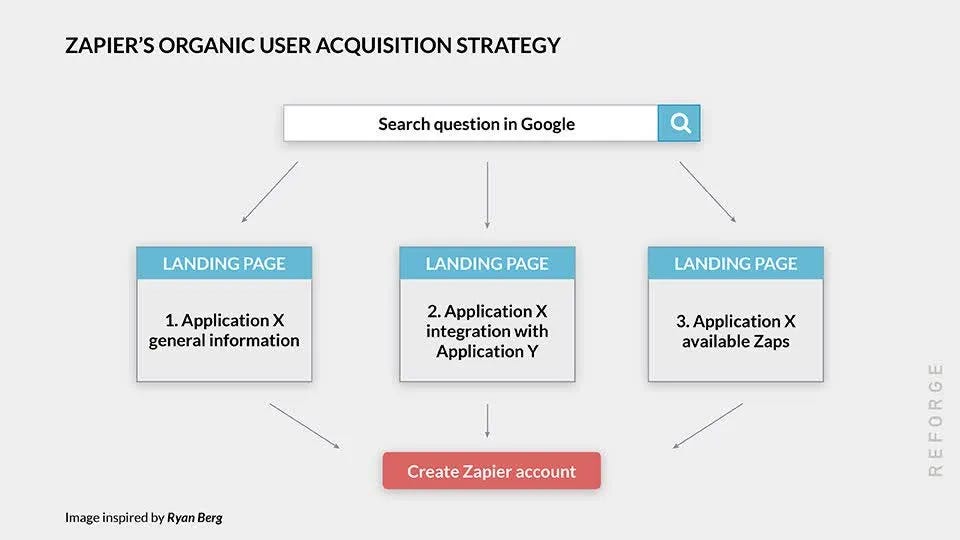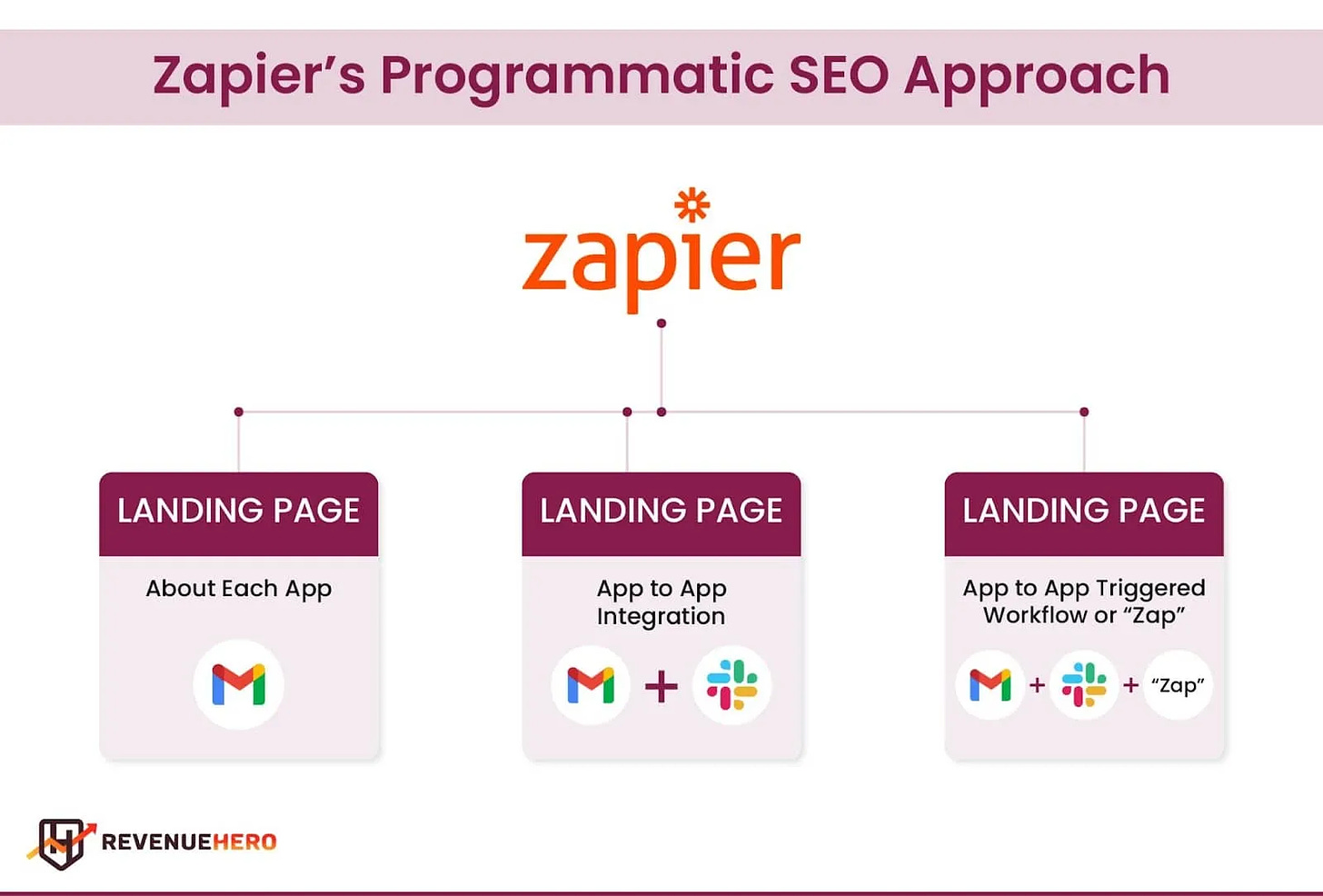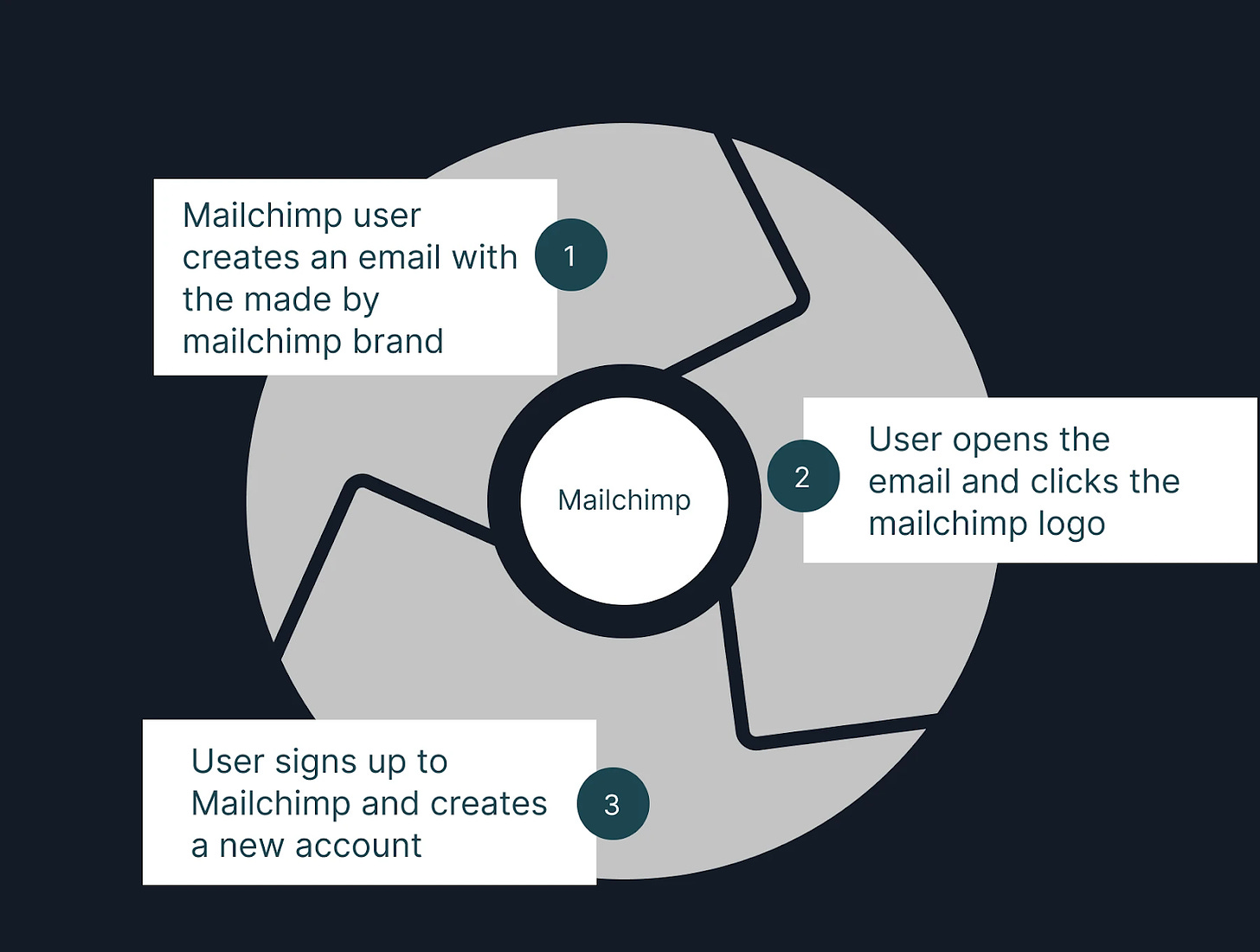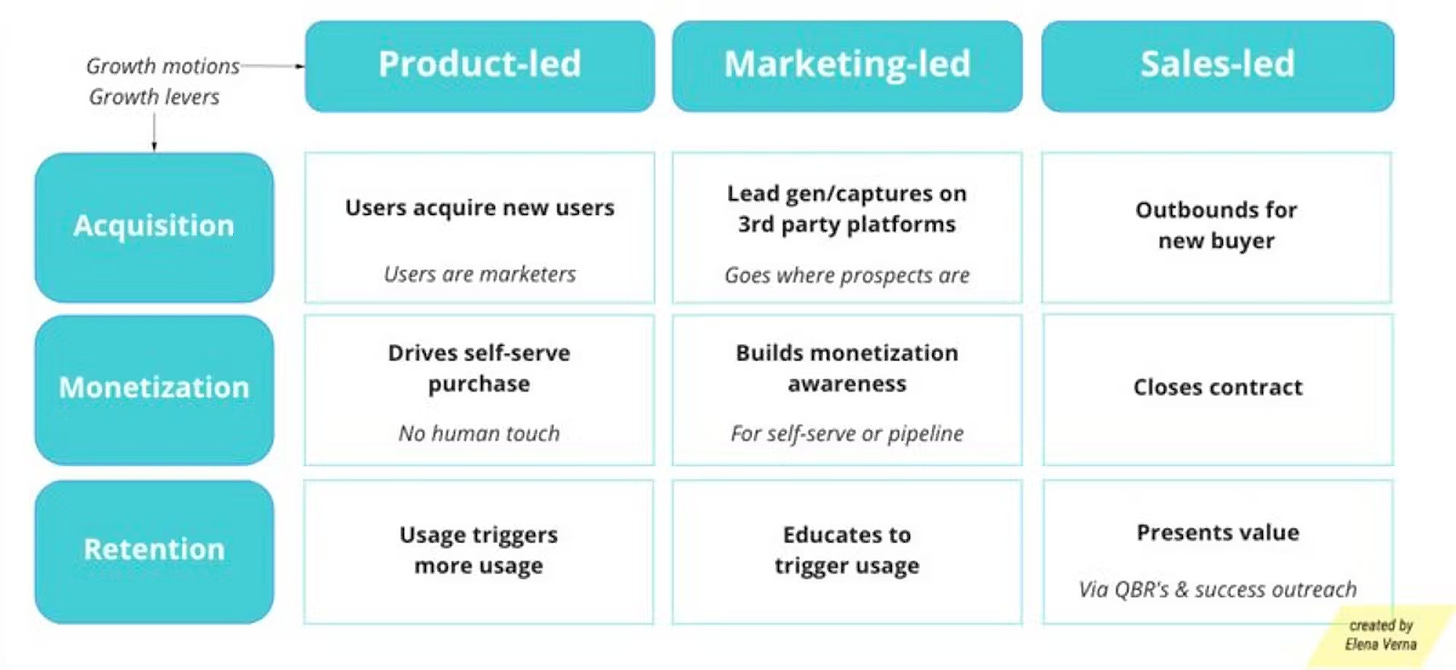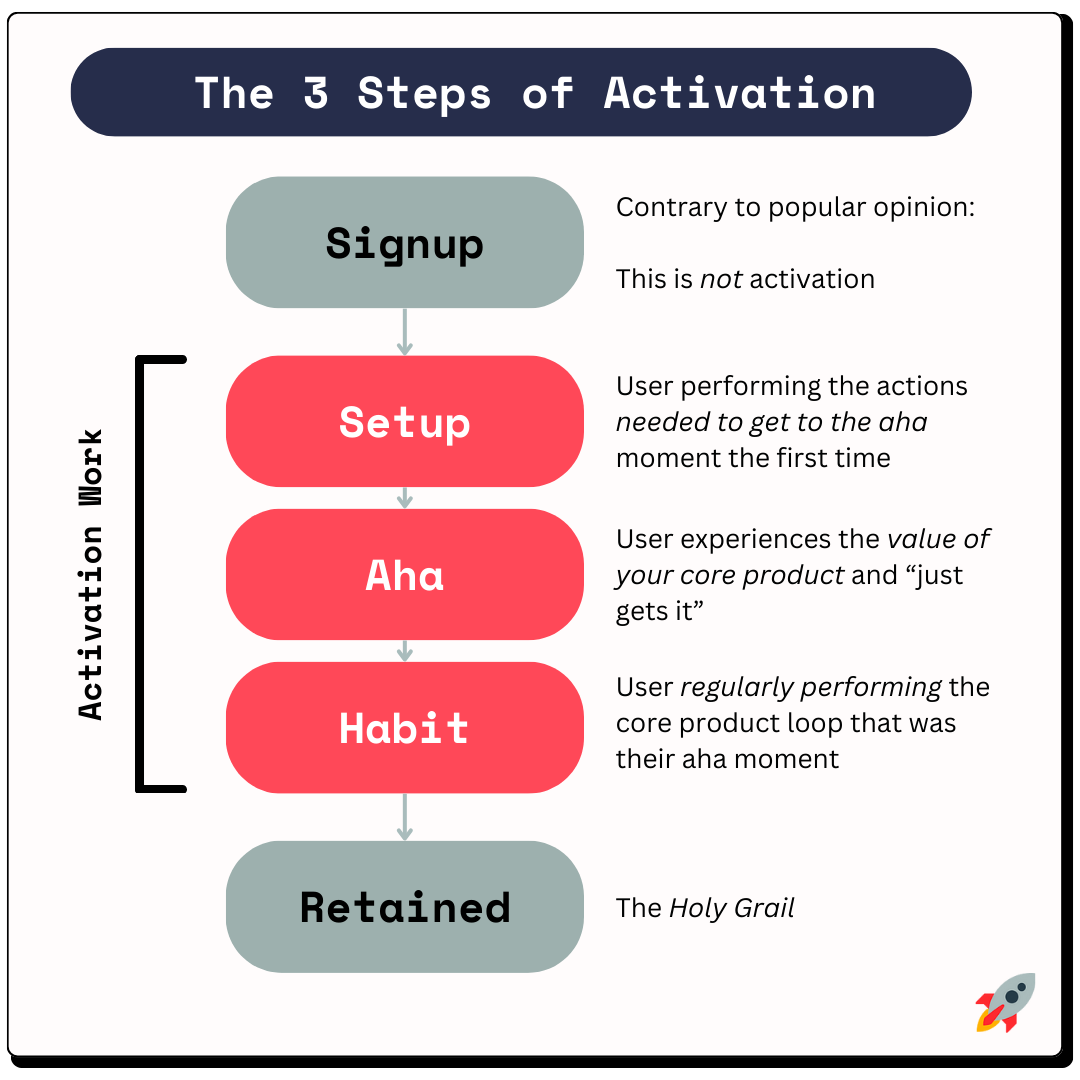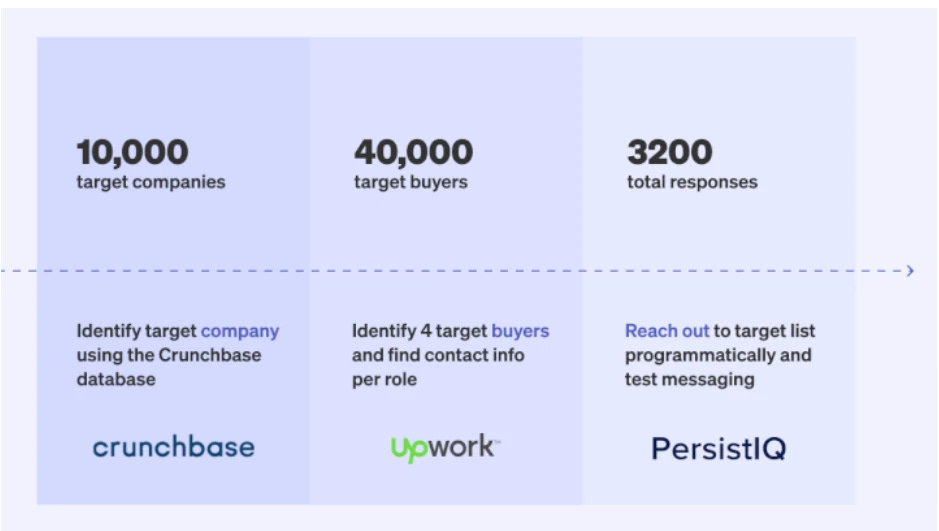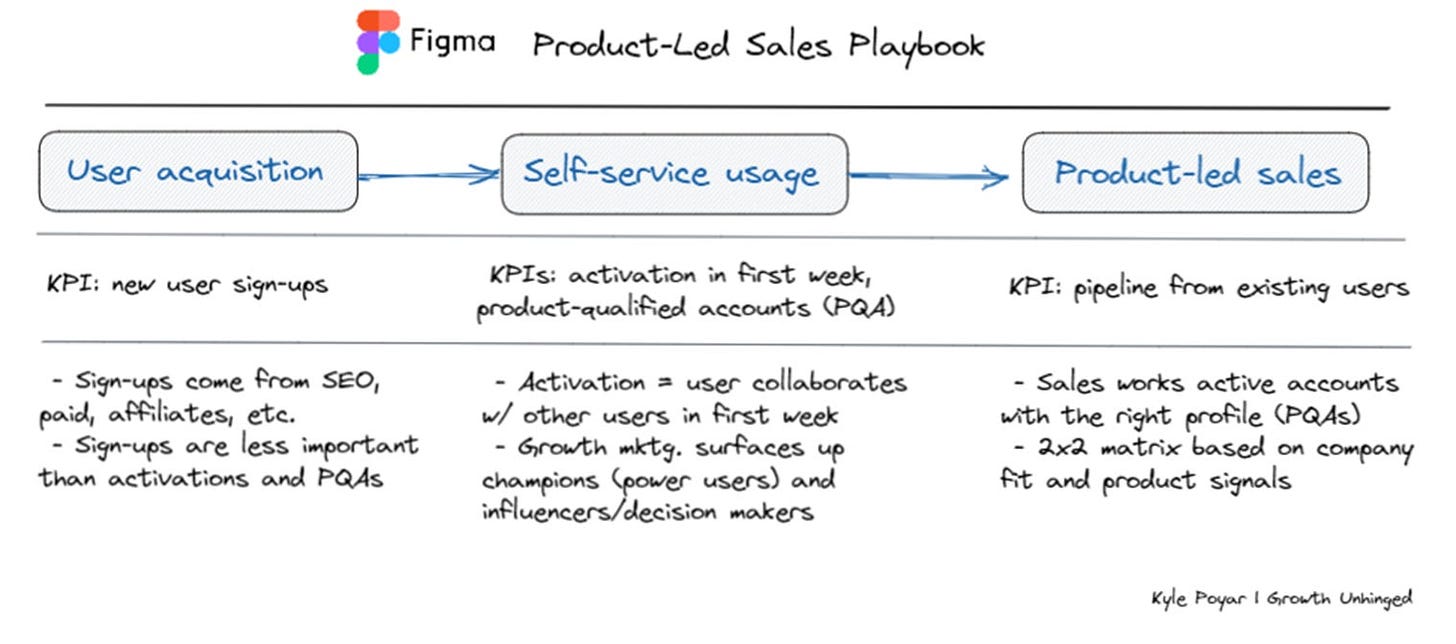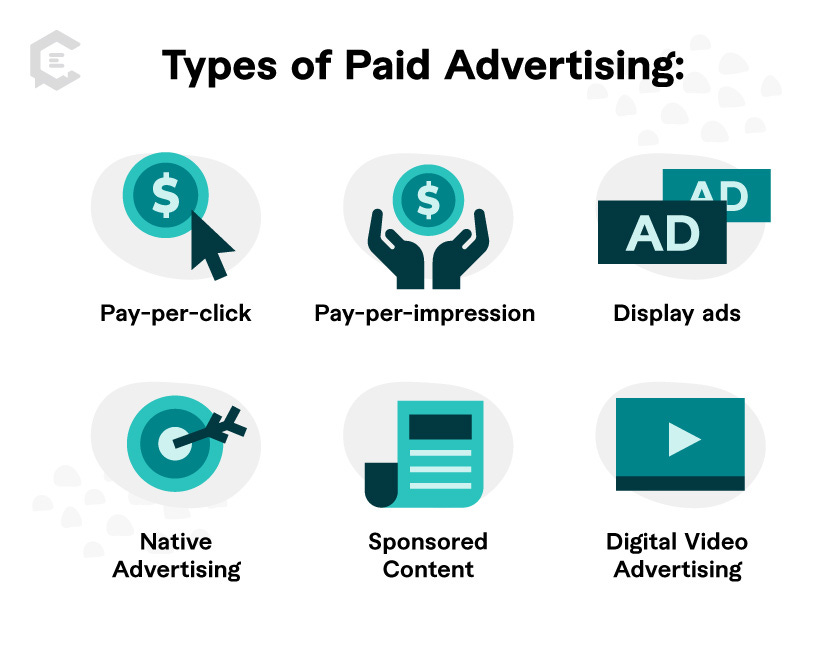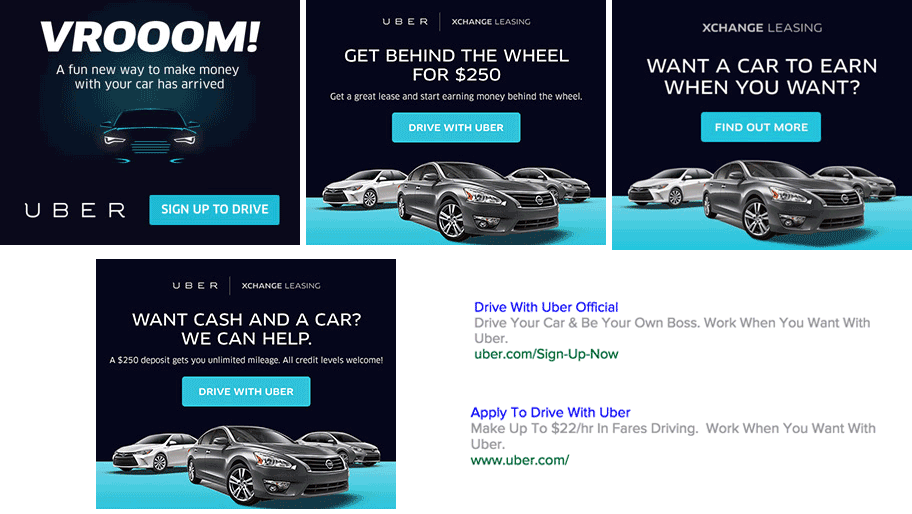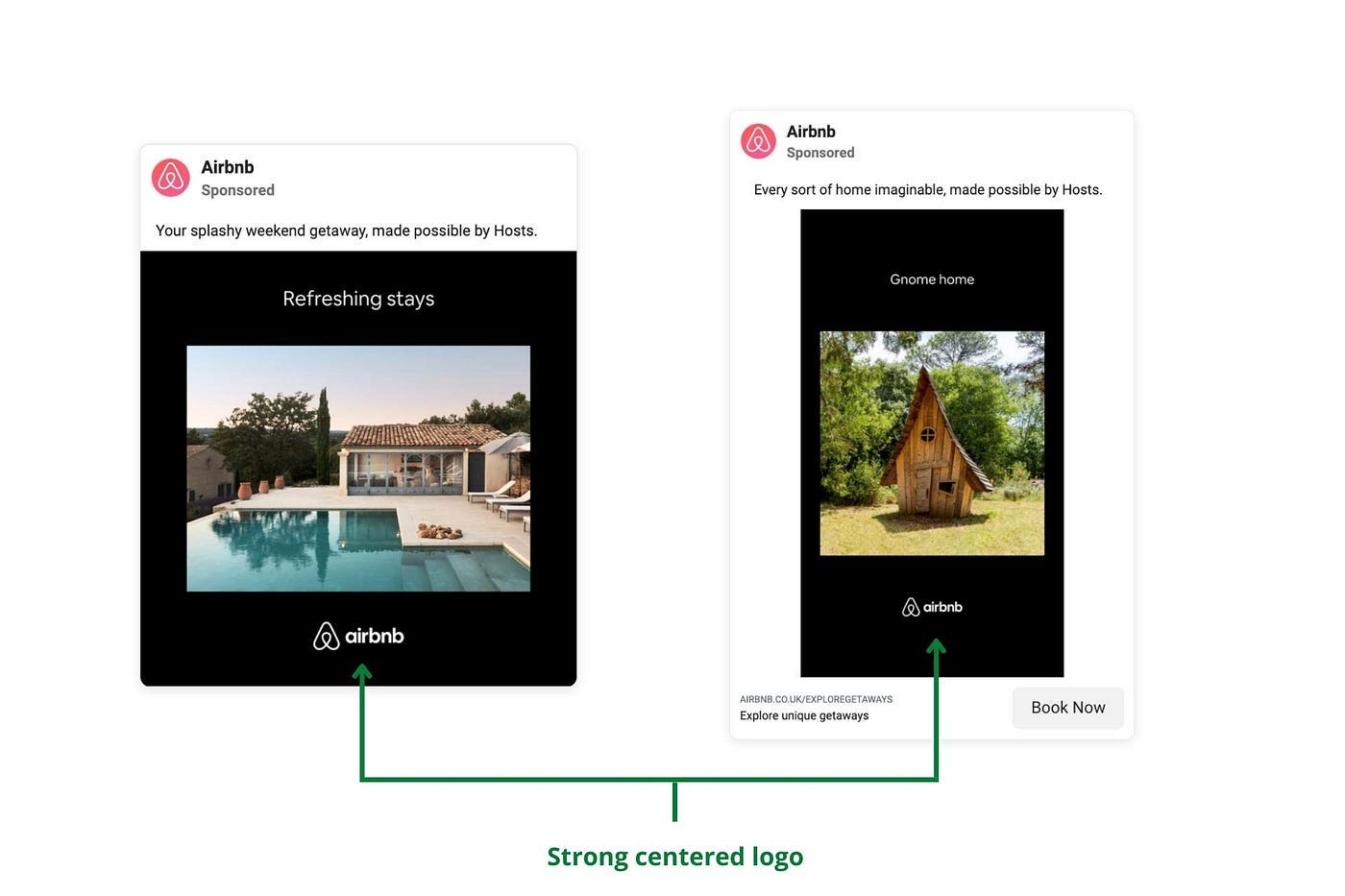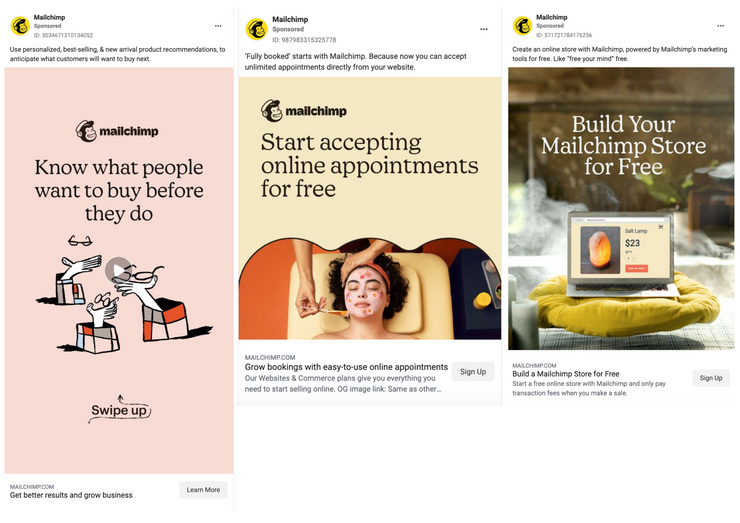I listened to Lenny's podcasts for ~67 hours -- here's everything I learned about growing your startup
Growth lessons for your startup
Imagine this…You’ve spent months building your product, you’re exhausted, and finally you’re done. And you think to yourself “Yes we made it!” But here’s the hard truth – it doesn’t matter what you’ve built until you get paying customers & grow your product.
And so you sit there scratching your head & asking yourself – “how the heck do I grow this?”
But you have no clue what to do, what expectations to set & what the road to growth looks like. You go on X and Reddit only to find people making millions with their startup.
And so you think – “is there a formula to this thing?”
The bad news is that there’s no formula to growth.
The good news is that there are patterns for success that you can replicate.
These success patterns come from the hundreds of founders who have been where you are & are showing the way on what to & what not to do.
As you stand on the shoulders of these giants, you will begin to see the road ahead that much more clearer.
In this post, I will show you the growth lessons I learned from listening to Lenny’s podcasts with growth leaders & startup founders at top companies like Notion, Figma, Airtable, Miro etc.
Each of these growth lessons are actionable & give you exactly what you need to do to get the ball rolling.
You don’t have to reinvent the wheel – just as long as you keep an open mind & keep experimenting.
I have divided this post into 5 parts:
Part 1 - We are setting expectations here. What qualifies as success? What growth benchmarks do you need to aim at to make an impact?
Part 2 – Here, we dive into the first of the four main growth pillars – SEO & content.
Part 3 – You will learn about Product Led Growth & growth loops & how you can create network effects at scale.
Part 4 – You will understand how to execute your sales channel across Founder Led Sales & Product Led Sales.
Part 5 – You will know exactly how you can leverage paid ads to scale your growth strategy.
If all this seems too heavy-wordy, I have included a TLDR section at the end of this essay for a quick overview.
Alright, now let’s dive in – shall we?
Brought to you by:
Market Curve is a writing studio for tech companies & VCs.
Here is what I can help you with —
Website copywriting
Longform blogs, essays, newsletters
Onboarding, drip, and churn emails
Assets like decks, e-books, guides, case-studies
Product UX copywriting
Ghostwriting content for busy founders/execs
Have worked with folks from YCombinator, 20VC and more. Pricing starts at $2000/month.
Part 1 – Defining expectations
The first step before taking on a big challenge is asking yourself this – what does success look like?
I like to make music in my free time. Before I make my music, I always ask myself – what am I trying to make here? What does success look like for me?
It’s this clarity of setting expectations that acts as a North Star for me when I’m making my music. Without it, I often find myself grasping at straws, feeling frustrated & not knowing whether I’m on the right track.
It’s the same with growing your startup.
So what does success mean in the context of growth?
When you’re starting out, what matters most is the SPEED at which you make your first $1 million ARR. The standard benchmark is 12 months but a great benchmark is 9 months.
As a result, any growth effort you invest is a means to this end.
That being said, it's not mandatory that you NEED to hit this benchmark. Even if your initial growth is slow, it’s not a deal breaker. What matters is that when things DO pick up, they shoot up exponentially high. So your investors know you’re onto something big.
So how do you ensure that things pick up steam even if it's a bit down the road?
You start by unbundling what individual components make up this revenue output. These are metrics like: high product stickiness, smaller sales cycles, sustained product usage, word of mouth etc.
If these individual metrics are compounding at around 10-15%, you can safely assume that you will hit your projected revenue numbers.
If you’re building a B2C product, the equation becomes slightly different. In this case, you only need to look at 3 key metrics – (1) Engagement (2) Retention and (3) Virality
You want to make sure that almost all of your acquisition effort is organic. And then once the customers are organically obtained, you optimize for engagement and retention.
Observe how many people are using your app. How much time they're spending on the app. What is the frequency at which they're posting? Does it have in-built product-led virality where people talk about it and share it about it a ton?
Usage retention can also give good hints towards how sticky your app is. DAUs and MAUs, therefore, become a crucial metric to track in this regard.
If your DAUs/MAUs & 30-day retention rates are greater than 50%, you’re on the right track.
For example, Instagram, Twitter, Dropbox, crossed 1 million users within months of launch. And then they reached 10 million users within the next year or two. And then hit the next 100 million within the next year or two.
Once you hit the $1 million benchmark, the expectations around growth rate for B2C and B2B are fairly standard – 16% a month MoM growth in year one is great, 12% in year two, 10% in year three, 8% in year four and 8% in year five so it hovers around that eight to 16% benchmark for both B2C and B2B brands.
Keep in mind that all these benchmarks are just rules of thumbs. A lot of billion dollar companies DIDN'T hit the $1million benchmark in 9 months.
But it's worth keeping these expectations in mind so you know what to aim at.
With that said, let's dive into the next section where we talk about the exact growth strategies you can leverage to hit these benchmarks consistently and sustainably.
Part 2 – SEO & Content.
SEO & content marketing is still one of the most sustainable & organic ways to get high-intent users.
There are three main components in SEO. The first is technical SEO, the second is editorial SEO, and the third is programmatic SEO.
Technical SEO is the easiest to do. Get an audit from a service like Screaming Frog and it will give you everything you need to fix on a technical level. These include things like making sure that the search engines can crawl, index and rank your content, making sure that you have strong internal backlinks, fast load speeds, fast page rendering, all that good stuff. Once you execute it, you’re set on the technical side.
The tricky part is editorial SEO.
This is where you actually create content that is relevant for your users like we do here at Command Blogue.
It starts with identifying who your target audience is, what they want to read about and what stuff they are actively searching for on the internet.
The focus here is on creating content around different levels of awareness. If you’re targeting people with a higher degree of awareness, you create content that targets this high purchase intent, like "These are the best onboarding tools” or “ the best email outbound tools”.
Then you have your medium intent keywords where your users are looking for alternatives like what is the best way to achieve a specific outcome.
So, in the case of your product, the outcome can be something like, "How do I set up an onboarding flow for my company?" So, then you create a piece of content around it that answers this question, "How do I set up onboarding?" Or, "How do I make sure that the onboarding flow works?"
If you move further up the tier, you find the least aware people – people who don’t know your product category itself. So, if you are building an onboarding tool, you can create content around, "what is onboarding". The goal here is to educate and inform these categories of users.
So you can see that you’ve got three distinct tiers to tackle – you can't just write one article and expect it to cater to all three—it’s like trying to fit a square peg into a round hole. Do this right & you’ll see your SEO improve over time—typically within 6 to 9 months.
Take a look at the pros like Masterclass, HubSpot, and Zapier—they've got this down to a science.
Zapier is another great example. They’ve become the go-to for practically any search query about software integrations. Think about it—if you want to know, “How do I connect Gmail with Slack?” or “How do I set up X, Y, and Z?” Zapier has a guide for it. They’ve nailed high-intent keywords and built out content that answers user questions in a way that draws traffic effortlessly.
Then, there’s programmatic SEO—your secret weapon for scaling content. With pSEO, you can create thousands of pages using a single template. It’s great for generating category pages like “Best software tools for X” or “Top alternatives to Y.” You can even blend in user-generated content, giving your site an authentic touch that users trust.
The first step?
Find your addressable market and the keywords that matter most. Sites like Reddit can be goldmines for spotting trending keywords. Once you have a list, study how your competitors are doing with those same terms. From there, craft a content strategy that fits your goals—whether it’s category pages, user-generated posts, or detailed guides.
The rule of thumb with SEO is – be patient.
For the first three months of Thumbtack, there was almost no traffic from SEO. At six months, there still wasn’t much traffic, but it was enough to start analyzing data. At 18 months, it became a meaningful share of consumer traffic. At 36 months, it became the primary form of customer acquisition for Thumbtack.
Be patient & keep plugging away – you’ll be rewarded for it.
Part 3 – Product Led Growth.
PLG is your secret hack to really supercharge your growth efforts. The cool thing about PLG is that it has inbuilt virality baked in.
The product does the selling for you – this means you need to focus on a strong onboarding, & activation metrics so that the viral growth loops kick in automatically.
In PLG, you answer three main questions – (1) How to acquire users (2) how to retain users (3) how to monetize users.
When it comes to user acquisition, the users themselves are the marketers as they bring in new users. This is typically what’s known as growth loops.
Mailchimp and Webflow do this perfectly. Webflow uses banners on every Webflow site while Mailchimp has a “sent by Mailchimp” banner in its emails. The result? It reaches new users exponentially faster as each user brings in every additional user.
PLG is perfect for boosting user retention since user usage triggers more usage. The value that the user experiences from the product will increase exponentially as they begin to use more of the product. This boosts retention and increases the lifetime value of your product.
And finally, in terms of monetization, PLG provides for self-serve purchase. There's no human touch involved.
Having a step by step onboarding flow is critical to show users exactly what they need to do at every step & show them what outcome they will receive by executing on that particular step.
The goal here is to make sure you’re solving the problems that the user is trying to solve and help them achieve their goal.
When you are starting out with PLG, never start with product led acquisition. Instead focus on product led retention, which consists of two KPIs – activation and engagement.
Activation metric is the aha moment where your users experience the value for the first time via your product. The second metric is that of engagement – how much does your user engage with the product. Here, you will track metrics like DAUs and MAUs. You also might want to notice where users are dropping off, churn rate so you can fix out the product led retention part first.
Freemium pricing is also a very key part of PLG. Give users that initial value, help them achieve quick wins, and as they extract more value they will build a habit forming mechanism within your product, post-which they will upgrade.
The biggest mistake companies make with freemium is they look just at the optimization of conversion to paid. But that's not all. You have to figure out the strategic value you are giving at each stage, even in the freemium stage and then in the conversion from freemium to paid users.
Part 4 – Sales
When you’re just starting out, founder led sales is probably your best bet especially if you’re in B2B. Amplitude, Retool, Rippling all got their first customers via founder led sales. You can too.
Why is it important you ask? Why can’t you just hire someone?
The simple answer is that in the early days, you must speak to as many people as possible. Amplitude founder Spenser spoke to 100 people all on his own while his co-founder was building the product. Retool founder, David Hsu pivoted multiple times before zeroing in on his ICP and the messaging which resonated most with that ICP.
When you do this, you get clarity on what your user pain points are & what the ideal solution should look like. It’s the perfect way for you to execute YC’s motto “ build something people want”. And the best way to figure out what people want? Talk to them.
Most founders shy away from sales because they fear those tough conversations & rejections. The trick here is to keep an open mind & treat every rejection as an opportunity to learn. Start small & keep iterating.
This tight customer feedback loop will help you refine and shape your product, setting a solid foundation as you reach your first million in ARR.
The next step? Scaling your sales channel beyond yourself.
This transition is easy now that you have a repeatable, proven process that your new hires can follow. They will know exactly what to say, how to pitch, address objections, reach out to the right people – setting you up for success in the long run.
The old school sales approach is about selling something to anyone, regardless of their needs. The modern approach is about being focused on the user problems & serving a very specific solution to their problem.
Your sales process should involve a series of questions which reveal the customer's current problems and then show a better way of approaching the problem via your product.
Product-led-sales is a natural next step if your product has PLG baked in already.
After a point, PLG stagnates because there’s no additional way to capture upmarket value. This is where Product-led-sales enters the equation.
In PLG, your product is able to generate early usage without involving people. But eventually you hit a cap – there’s a use case for a big organization which can’t happen without a sales touch.
PLG starts more on individual use cases. PLS, on the other end, assumes that there's a migration from an individual use case and an escalation into an enterprise level solution that solves enterprise level problems via sales.
A good sign that you need sales to come in & engage is when there’s a high frequency of product usage – usually that means the company is ready to buy. Don’t hire salespeople until you feel this pull from the market.
When starting with PLS, understand what signals sales teams are excited about and feed them as many accounts that fit that model as possible.
Then, you gradually move to data analytics. Monitor certain usage thresholds as indicative of a potential product qualified account.
This could include the number of events sent through the number of boards in an account like Miro or the number of revisions on a given design like Figma. Velocity of use, the rate at which users increase product usage can be a powerful predictor of potential product qualified accounts.
Miro, for example, started out as PLG. But they had a very strong behavioral signal in place that if there's an admin switch in the account, there’s some sort of evaluation going on.
If you see a user from your account land on your terms of use pages, reach out to that person. More likely than not, you have a buyer on the book.
Remember to do things that don’t scale early. Notion didn't hire their first salespeople until they were at 10 million ARR. Miro did not hire their first salespeople until they were 5 million in ARR.
Don't treat PLS like traditional sales. Don't think of every user as a potential sales target. Instead, identify the right triggers and usage patterns that indicate a user might be ready for a sales intervention.
Part 5 – Ads
Paid ads are like growth on steroids if you get it right. It works only when you have deep knowledge of your user problems & how your solution is positioned relative to those problems. As you can guess, it happens best when you have done your homework – doing things that don’t scale. Paid ads work especially well in a B2C context.
Without laying this foundation, you end up wasting a lot of money & time on paid ads, and your runway gets eaten faster than a wildebeest in a piranha-infested river.
Another thing to keep in mind here is you shouldn’t put all your growth efforts into the paid ads basket. Diversification across SEO, email marketing, PLS etc will help mitigate risks associated with fluctuations in performance marketing efforts.
If your business has a strong organic presence or has seen success with other marketing channels, chances are that that paid acquisition will work for you too.
The modern Performance Marketing playbook includes rigorous creative testing, understanding attribution, and measuring campaign validity.
If your product has quick payback periods, paid ads will work well for you.
In any case, you should leverage both SEO and paid growth, as they are not mutually exclusive, and diversification of channels is key, like I previously mentioned.
Uber’s growth portfolio for example, was around 50% for paid, and 50% organic growth.
SEO is a valuable marketing capability but it can be challenging to determine attribution and ROI due to the complexity of Google's analysis algorithm
Paid growth offers more tangible and predictable results, with a more linear relationship between attribution and ROI, making it easier to budget and project revenue.
Have a rigorous structure in place for testing and iterating on ad creatives to determine what works best, rather than relying on anecdotal evidence or individual brilliance.
For example, Airbnb's photography team discovered that listing photos without people resulted in higher conversion rates. (which seems counterintuitive at a first glance).
Google and Meta are the primary channels for advertising.
Other channels like Amazon and TikTok offer interesting opportunities, but may not be suitable for every business, particularly B2B SaaS companies
TikTok's ads platform is not yet sophisticated, but offers cheap CPCs due to fewer advertisers, and works well for founder-led brands and companies partnering with influencers
When it comes to B2B SaaS, Google is the primary channel. But remember to keep the focus on the marketing economics of a project rather than the channel itself.
The common mistake is being overly reliant on the first metric in a sequence that yields a sale, such as cost per lead
Instead, focus on high-value customers, even if the cost per lead is higher, as the ROI of targeting those people is also higher.
Conclusion:
Phew! That was a long one! Growth is difficult to do right & easy to get wrong.
The one thing to keep in mind is that you need a mindset shift – one that’s focused on doing the hard things early on, recognizing what works, and having an open mind to get rid of things that aren’t working.
Keep your core benchmarks as a North Star metric when starting out, and get the ball rolling by doing simple, repeatable things that can scale along with your business.
Here’s a summary in case you were too busy to read the entire thing:
1. Set clear expectations for growth—aim for $1 million ARR in 9-12 months but focus on exponential growth rather than initial speed.
2. Track key metrics for growth, such as product stickiness, sales cycles, and organic engagement and retention.
3. Use SEO and content to attract high-intent users; leverage technical, editorial, and programmatic SEO to target different awareness levels.
4. Implement PLG by focusing on onboarding, activation, and retention to drive viral growth loops.
5. Start with founder-led sales to gather user insights, refine your product, and then scale sales efforts based on proven processes.
6. Use Product-Led Sales (PLS) to capture upmarket value when growth through PLG stagnates, targeting usage patterns indicating readiness for sales intervention.
7. Diversify growth strategies by combining SEO, organic methods, and paid ads, ensuring rigorous testing and attribution for ad performance.
8. Prioritize high-value customers over low-cost leads to maximize ROI in paid marketing efforts.
May the growth force be with you!





